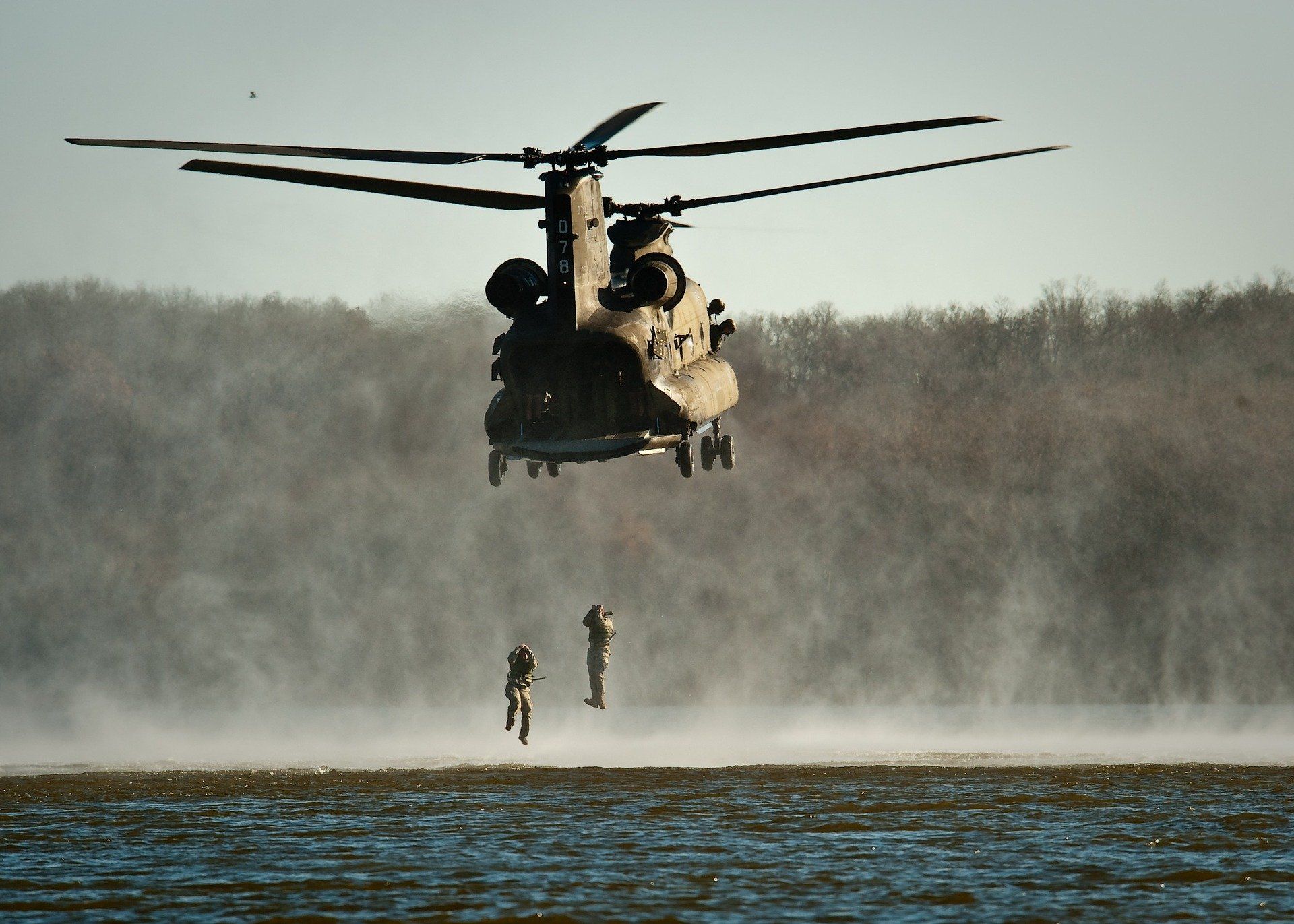The Council took note of the tenth progress report on the implementation of the 74 common proposals endorsed by the EU and NATO Councils on 6 December 2016 and 5 December 2017.
The report confirms that NATO and the EU remain steadfast defenders of international peace and security and the rules-based international order. It stresses that shared security challenges such as Russia’s actions, instability in Europe’s Eastern and Southern neighbourhoods, rising tensions in the Western Balkans, and security challenges in the Indo-Pacific region, require further strengthening of the transatlantic cooperation.
This should be done through an even more robust, coherent and complementary NATO-EU partnership that addresses urgent issues such as enhancing defence readiness, notably by increasing European defence spending, addressing capability shortfalls, expanding defence industrial capacity and ramping up defence production.
The report highlights and elaborates on the tangible progress achieved between June 2024 and May 2025 across the entire spectrum of EU-NATO cooperation agenda.
Political Dialogue
Political dialogue increased substantially, reflecting the determination of the new EU and NATO leadership to bolster mutual understanding, increase interactions and further strengthen cooperation across all areas of the EU-NATO partnership, in particular in the context of Russia’s war of aggression against Ukraine and EU initiatives to boost European defence.
Following the publication of the EU White Paper on European Defence – Readiness 2030 and ReArm Europe Plan, the EU High Representative had an exchange – for the first time – with NATO Foreign Ministers on European defence. Since December 2024, High Representative Kaja Kallas also participated in the NATO-Ukraine Council Ministerial meetings. Political Security Committee (PSC)-North Atlantic Council (NAC) meetings have resumed, with a first one focused on Ukraine.
Countering hybrid threats and other common challenges
EU and NATO staff stepped up cooperation as regards resilience and preparedness in fields such as crisis management, critical infrastructure protection, health preparedness and related strategic communications.Close cooperation on counterterrorism also continued apace. The EU was represented for the first time at the annual NATO Hybrid Symposium. Staff exchanges allowed for the integration of lessons learnt from the NATO baseline requirements into the development of the EU’s Preparedness Union Strategy.
Cyber security and defence
Joint work was taken forward with the first meeting of the structured dialogue on cyber, which focused on cross-participation in exercises, and ensuring consistency by exploring further synergies.Staffs were in close contact during diplomatic responses to cyber incidents, including under the EU Cyber Diplomacy Toolbox, and coordinated statements condemning malicious cyber activities.The NATO Cyber Defence Pledge questionnaire was released to the EEAS and European Commission, while the EU Cyber Census questionnaire was shared to NATO staff.
Defence capabilities
EU and NATO worked at ensuring enhanced coherence between various existing instruments (e.g., CDP, HLGP and CARD on the EU side and NDPP and PARP on the NATO side). Progress was also recorded on EU and NATO initiatives addressing critical capability shortfalls, strengthening national defence capabilities and ensuring coherence between EU and NATO multinational capability development across all domains.
Standardisation remained a key area of cooperation to ensure interoperability and complementarity of efforts, avoid unnecessary duplication, and in respect of the leading role of NATO in military standards through Standardisation Agreements (STANAGs). To support this effort, the NATO Secretary General released a set of NATO unclassified STANAGs to the European Commission and the EEAS.
EU and NATO continued exchanges on space.
As regards military mobility, Russia’s war of aggression against Ukraine has demonstrated the importance of rapid and unhindered movement of military forces, equipment and supplies. The EU and NATO intensified discussions on shared priorities and respective work strands, including on military requirements, transport infrastructure, transport of dangerous goods, simplification of customs procedures and cross-border movement permissions, engagement in exercises, and host-nation support.
Defence industry, innovation and research
The first Structured Dialogue on Defence Industry was launched, focusing on the White Paper and the ReArm Europe Plan, the NATO Industrial Capacity Expansion Pledge and the updated Defence Production Action Plan. Emerging and disruptive technologies were also the object of structured dialogue, with particular attention to dual-use application of artificial intelligence, quantum and biotech.
Operational cooperation including maritime security
The EU and NATO pursued dialogue between military staffs, and held the annual EU-NATO staff talks on maritime security, focusing on respective naval operations and activities, and potential cooperation between NATO and the European Maritime Safety Agency (EMSA), security of critical maritime/undersea infrastructure. Other examples of successful cooperation cover EUNAVFOR MED Operation IRINI and NATO MARCOM, and NATO’s activity in the Aegean Sea, assisting Greece and Türkiye, and FRONTEX to counter irregular migration.
Exercises
Cooperation between NATO and the EU staffs contributed to increasing awareness of the resilience, preparedness and crisis management efforts of both organisations and their respective memberships, notably through continued implementation of the Parallel and Coordinated Exercises (PACE) concept, and the preparations and conduct of the EU Integrated Resolve Exercise 2024 (EU IR24) and NATO’s Crisis Management Exercise 2025 (CMX25).
Defence and security capacity building
Regular staff consultations and cross-briefings continued both in Brussels and on the ground, serving as a valuable platform for exchanging views and sharing information on the political and security situation and assistance measures in eight partner countries – Bosnia and Herzegovina, Georgia, Jordan, Iraq, Mauritania the Republic of Moldova, Tunisia, and Ukraine.
The EU, NATO and their respective members continued to provide substantial support to Ukraine. Staffs continued regular exchanges on the respective assistance provided to Ukraine, including on the EU side through the European Peace Facility (EPF), the EU Military Assistance Mission (EUMAM) – the main training provider for the Ukrainian Armed Forces – and the EU Advisory Mission for Civilian Security Sector Reform to Ukraine (EUAM Ukraine).
The EU and NATO remain firmly committed to further strengthen, deepen and expand their mutually reinforcing and beneficial cooperation by exploring avenues for further collaboration across all existing work strands.
More information: Council of the European Union.






Leave a Reply